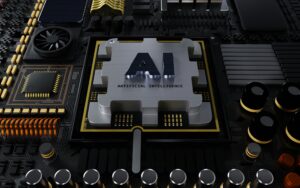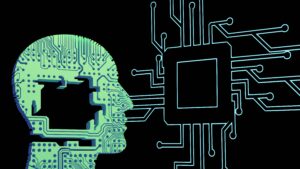In recent years, edge-computing has emerged as a transformative technology with the potential to revolutionize various industries. As we dive into the future, it is essential to explore the trends and predictions that will shape edge computing in 2024. With the proliferation of connected devices, the rise of IoT (Internet of Things), and the growth of data-driven applications, edge computing is set to become even more critical in the coming years.
The Growth of Edge Computing
Edge-computing refers to the practice of processing data closer to the source, reducing latency and enabling real-time processing. With the constant increase in data generation and the need for faster processing, traditional cloud computing models face limitations. This bridges this gap by distributing computing resources closer to where the data is generated, enabling faster response times and more efficient data processing.
Integration with 5G Networks
One of the major drivers of edge computing’s growth in 2024 will be its integration with 5G networks. The rollout of 5G technology will unlock new possibilities, enabling faster and more reliable connectivity. With reduced latency and increased bandwidth, This Technology can leverage the power of 5G networks to deliver real-time insights and support applications that demand low latency, such as autonomous vehicles and remote healthcare.
Edge Computing in IoT
The Internet of Things (IoT) has already transformed various industries, and its potential will continue to expand in 2024. Edge-computing plays a vital role in IoT by processing the vast amounts of data generated by connected devices efficiently. As IoT devices become more widespread, This Technology will be crucial in managing and analyzing data at the edge, enabling organizations to make more informed decisions in real-time.
Enhancing Cybersecurity
Cybersecurity will remain a top concern in the coming years, and edge computing can play a pivotal role in improving data security. By processing data at the edge, organizations can reduce the risk of transmitting sensitive information to the cloud. With This Technology , data can be analyzed and filtered locally, minimizing the potential attack surface and enhancing overall cybersecurity measures.
Industry-Specific Edge Computing Solutions
The adoption of Such a solution will see significant growth in various industries in 2024. For example, in the manufacturing sector, This Technology can enable real-time monitoring and predictive maintenance, leading to increased operational efficiency. In the healthcare industry, edge computing can support remote patient monitoring and enable faster response times for critical care. This Technology solutions tailored to specific industries will drive innovation and create new business opportunities.
The Role of Edge Computing in Augmented and Virtual Reality
edge-computing will be instrumental in delivering immersive augmented and virtual reality experiences. By processing data closer to the user, edge computing can reduce latency and improve the overall user experience, making AR and VR more accessible and engaging.
Edge Computing for Real-Time Analytics
As businesses generate massive amounts of data, edge computing can enable real-time analytics, allowing organizations to make data-driven decisions quickly and effectively. By processing data at the edge, businesses can gain valuable insights and respond to changing market conditions in real time.
Edge Computing and Privacy Concerns
While edge-computing offers enhanced security benefits, privacy concerns remain. Organizations must implement robust security measures to protect sensitive data processed at the edge. Additionally, careful consideration should be given to data ownership and governance issues.
The Rise of Edge AI
Artificial intelligence (AI) is another key trend that will shape edge computing in 2024. Edge AI involves deploying AI models and algorithms closer to the data source, enabling real-time decision-making and reducing latency. As AI applications become more complex and data-intensive, edge AI will be essential for processing data locally and delivering timely insights.
Challenges and Opportunities
While edge-computing offers significant benefits, it also presents challenges. The deployment and management of edge computing infrastructure can be complex, requiring careful planning and consideration of factors such as power consumption, security, and network connectivity. However, the potential rewards of edge-computing far outweigh the challenges, and as technology advances, these hurdles will likely be addressed.
Final Thoughts
The future of edge computing looks promising, with numerous trends and predictions that will shape its growth in 2024. As the world becomes more connected and data-driven, edge computing will play a pivotal role in enabling faster processing, real-time insights, and enhanced cybersecurity. Organizations across industries should prepare themselves to leverage the potential of edge computing and stay ahead in the digital era.


